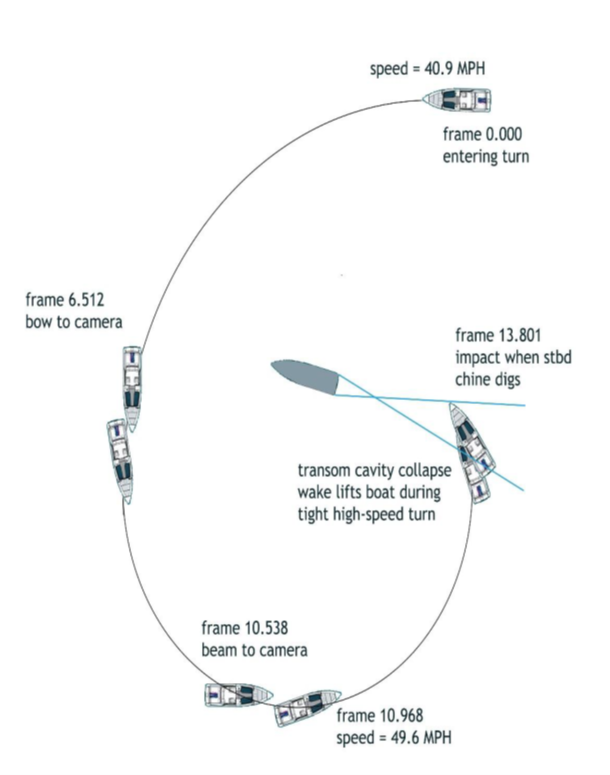The Maritime Attorney
Other Attorneys Recommend
Donuts, Anyone?
One of the most stimulating aspects of litigating the maritime law is the prevalence of judge-made law(case law). Another feature is encountering foolish acts by recreational boat operators doing things they would not dream of doing when driving a vehicle or riding a bike. Recently viral was a video of a whale breaching then slamming down upon a boat that got too close off Rye, New Hampshire. No one hurt there. However, Berschler Associates, PC recently achieved justice for a passenger severely injured when the driver of the speedboat decided it would be fun to initiate a ”sideshow,” doing donuts in the water.
A key feature of this case was the issue of punitive damage exposure. Could our client punish the driver financially for being reckless? Under state law, our client would have to prove malice to support punitive damages. “malice” in state law requires proof by clear and convincing evidence that defendant’s tortious wrong amounted to “despicable conduct” and that such despicable conduct was carried on with a “willful and conscious disregard” of the rights or safety of others. (Civil Code section 3294(c)(1); College Hospital, Inc. v. Superior Court (1994) 8 Cal. 4th 704, 725.) Berschler Associates avoided that “dead end”: by invoking the General Maritime Law (“GML”) pursuant to 28 U.S.C., §133(1) [The “Savings to Suitors” clause allowing state courts jurisdiction to try certain maritime claims.] In Exxon Shipping Co. v. Baker, 554 U.S. 471 (2008), the U.S. Supreme Court discussed the long history of punitive damage being available under the GML.
Our client’s challenge was to prove by a preponderance of the evidence that the driver was indeed reckless, not merely negligent. We have a video clip of the boat at speed and knew of its make and model from which we obtained specifications of build and performance from the manufacturer. Using these, our expert was able to “reverse engineer” to determine speeds, turning radius and G-forces. As seen in the diagram below, we established the speedboat was traveling 49.6 mph when it hit a wake of another boat also “donuting” in unison. The G-force created was ~4.9 upon the passengers, one of whom was thrown into our client. Reckless enough for you? Everyone in the case thought so, too.
Success in litigation is a product of hard work and thinking outside the box.



